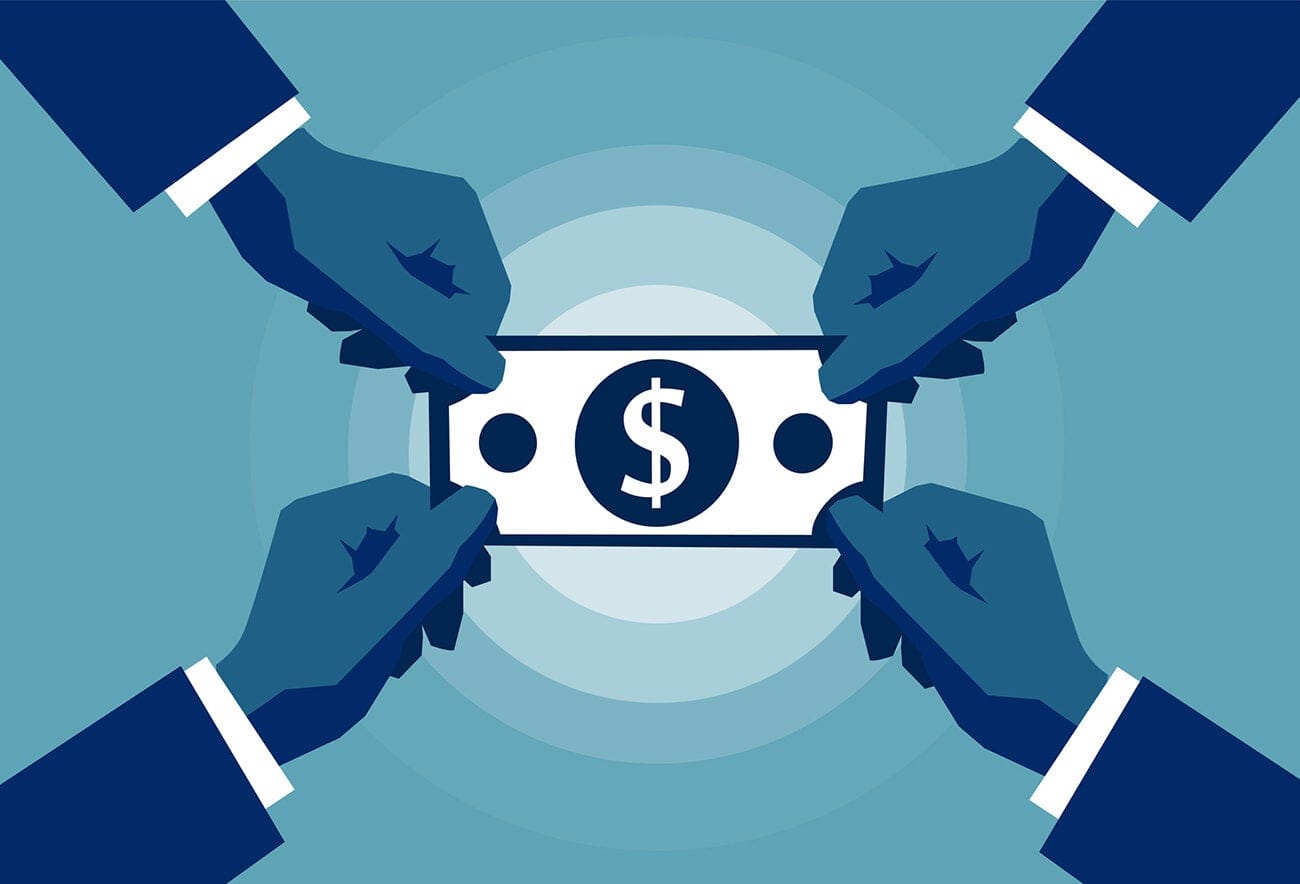In a striking trend observed in recent months, stock buybacks have surged to unprecedented levels as companies seek to return capital to shareholders and signal confidence in their financial health. According to data from S&P Dow Jones Indices, U.S. companies have announced over $1 trillion in stock buybacks in 2023, a figure that is on track to surpass last year’s record of $940 billion. This surge in buybacks comes as corporations navigate a complex economic landscape characterized by rising interest rates, persistent inflation, and ongoing supply chain challenges.
The holiday season typically sees increased consumer spending, and many companies are positioning themselves to take advantage of this trend by boosting their stock prices through buybacks. Analysts believe that this strategy not only enhances shareholder value but also serves as a positive signal to investors about a company’s future prospects.
Tech giants such as Apple, Microsoft, and Alphabet have been at the forefront of this buyback wave, with Apple alone announcing a $90 billion repurchase program earlier this year. These companies are leveraging their substantial cash reserves to buy back shares, thereby reducing the number of outstanding shares and increasing earnings per share (EPS).
However, while stock buybacks can provide short-term boosts to stock prices, some critics argue that they may divert funds away from long-term investments in innovation and growth. The debate over the merits of buybacks has intensified, particularly as companies face pressure to invest in sustainable practices and workforce development.
As we approach the holiday season, the implications of these record-high buybacks will be closely monitored by investors and analysts alike. The overall health of the stock market and consumer sentiment will play crucial roles in determining how these corporate strategies impact the economy in the months to come.
Sources: S&P Dow Jones Indices, Bloomberg, Wall Street Journal, CNBC.



